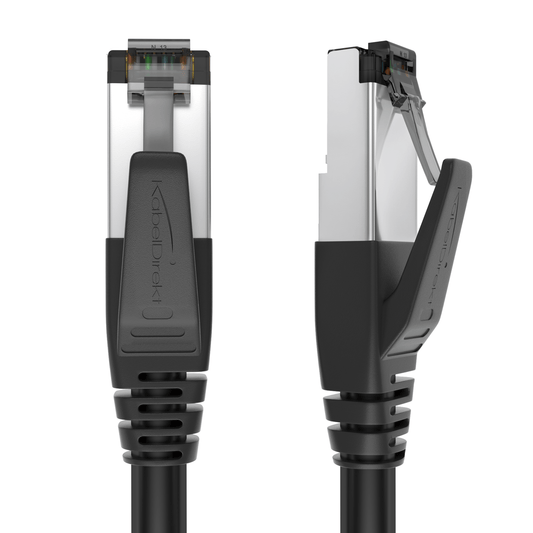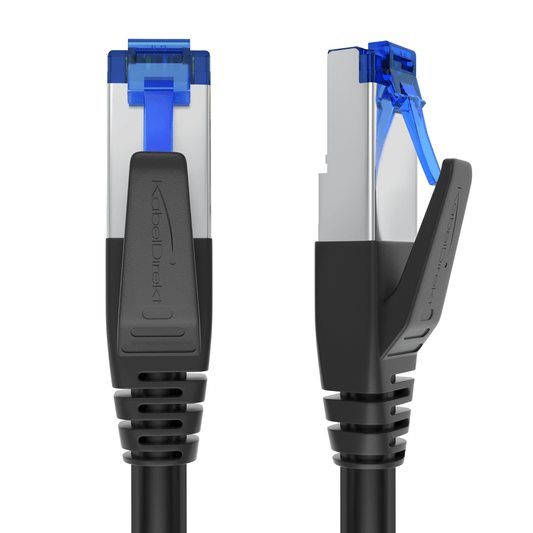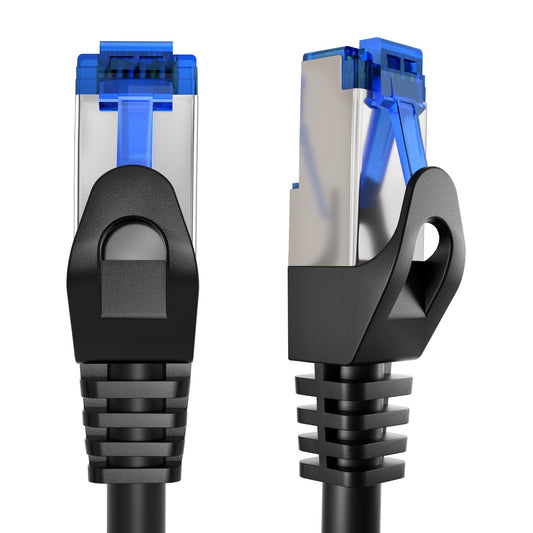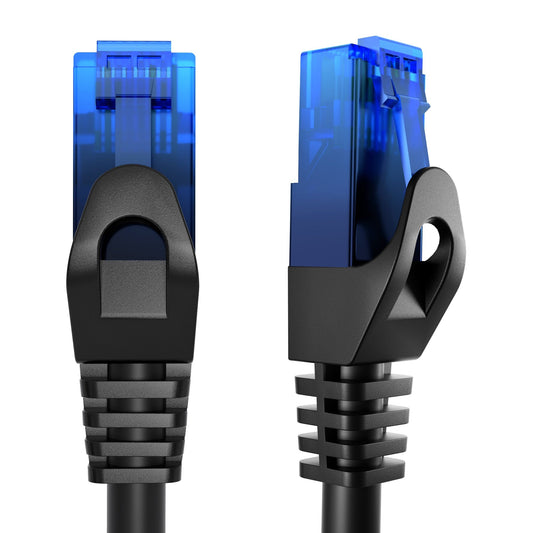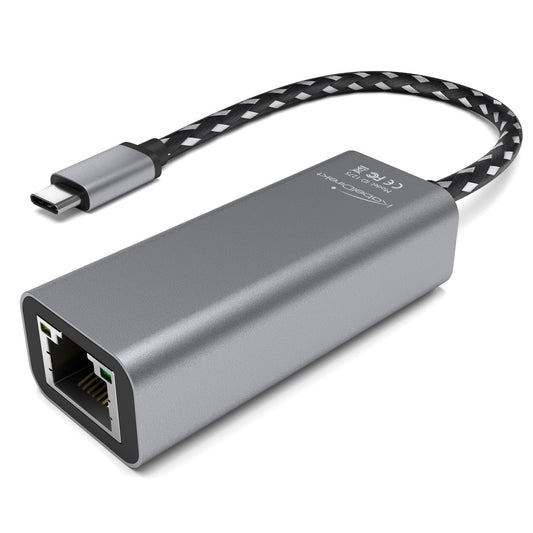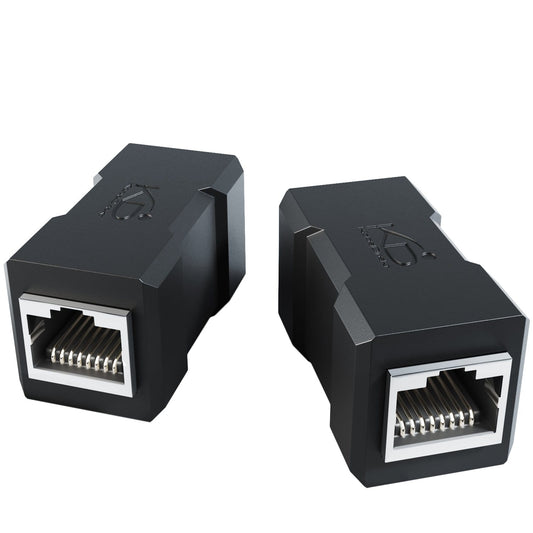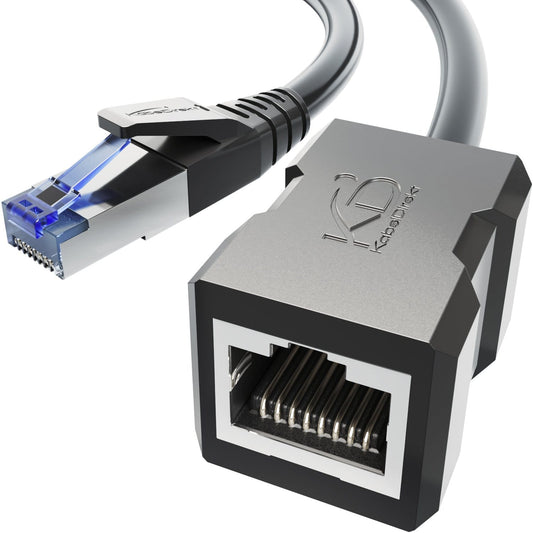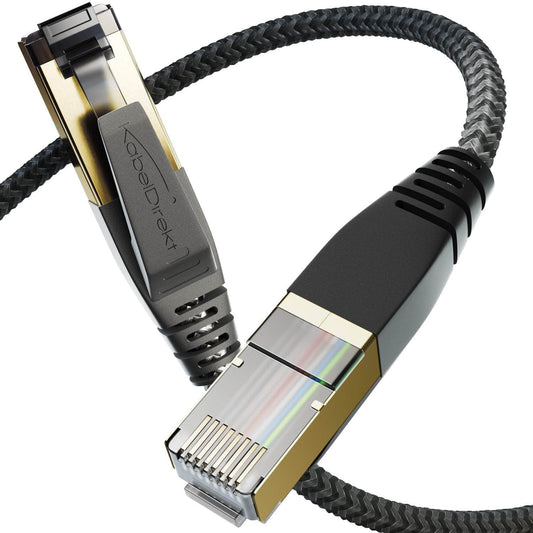-
{# Optional: Hier war bei dir ein zusätzlicher Titelblock; den habe ich entfernt, damit der Titel nur einmal erscheint. #}
-
{# Optional: Hier war bei dir ein zusätzlicher Titelblock; den habe ich entfernt, damit der Titel nur einmal erscheint. #}
-
{# Optional: Hier war bei dir ein zusätzlicher Titelblock; den habe ich entfernt, damit der Titel nur einmal erscheint. #}
-
{# Optional: Hier war bei dir ein zusätzlicher Titelblock; den habe ich entfernt, damit der Titel nur einmal erscheint. #}
-
{# Optional: Hier war bei dir ein zusätzlicher Titelblock; den habe ich entfernt, damit der Titel nur einmal erscheint. #}
-
{# Optional: Hier war bei dir ein zusätzlicher Titelblock; den habe ich entfernt, damit der Titel nur einmal erscheint. #}
-
{# Optional: Hier war bei dir ein zusätzlicher Titelblock; den habe ich entfernt, damit der Titel nur einmal erscheint. #}
-
{# Optional: Hier war bei dir ein zusätzlicher Titelblock; den habe ich entfernt, damit der Titel nur einmal erscheint. #}
-
{# Optional: Hier war bei dir ein zusätzlicher Titelblock; den habe ich entfernt, damit der Titel nur einmal erscheint. #}
Collection: Ethernet products
LAN cables and accessories
Whether for your home or office, a wired network is really practical and the best way to connect computers, video game consoles (like a PlayStation/PS5 or Xbox), smart TVs, and other such devices to the internet. As convenient as Wi-Fi is, especially as it saves you from having to physically hook up every single device to your router using a cable to go online, using a good old LAN connection is still the best way to go if you’re looking for a really reliable and stable connection. Check out our store where you’re sure to find the cable you’re after for fast network connectivity.
LAN cable speed isn’t the only thing that matters
Ethernet connectors are divided into several performance categories, but not all of them are relevant anymore. Anything rated CAT 5 and below is old news,= and no longer cuts it in today’s world. That’s why we offer a range of network cables spanning CAT 6 to CAT 8/CAT 8.1 – so you can surf the internet at a fast pace. But the differences are not limited to the maximum data transfer speed.
CAT 6 cables operate at a maximum frequency of 250MHz and can transfer data at up to 1Gbit/s. So purely in terms of speed, these gigabit Ethernet cables are perfectly adequate for most homes in Europe because they support the maximum speed offered by most ISPs (internet service providers). CAT 7 network cables achieve 10Gbit/s, and CAT 8 cables even manage four times that (40Gbit/s). But this doesn’t mean that the two faster categories are only useful for offices or data centres with a fast fibre optic connection because their maximum performance can only be utilised there.
CAT 7 and CAT 8 network cables are better shielded, meaning they are more effectively protected from interference. However, with CAT 6 cables you don’t necessarily need double or even triple shielding – particularly when it comes to short cables. The much faster alternatives need the extra protection so that they can reach the high bit rates in the first place without any loss of performance.
Single, double, triple, or no shielding whatsoever?
In the case of category 6 Ethernet cables, you can also choose between cables without shielding (UTP) or those with shielding (F/UTP) that have a conductive foil to prevent interference. The cable without this foil is more flexible, making it easier to lay. You also need to take the same considerations into account when purchasing CAT 7 cables: For starters, we carry a flat cable that can be conveniently routed along walls, under carpets, or behind skirting boards. For this, you have to do without an overall shield; however, the twisted pairs are protected by individual foil screens (U/FTP). The alternative is a triple-shielded CAT 7 (SF/FTP). If you’re looking for CAT 8 cables, we offer versions with double shielding (S/FTP).
All KabelDirekt Ethernet cables have RJ45 connectors, so they’re compatible with a wide range of devices. Furthermore, the connectors have a locking tab that keeps the cable locked into the Ethernet port so there are no worries about it slipping out and breaking the connection.
Network accessories to extend your cables and increase your connectivity
We also stock a range of practical network accessories. If you want to extend a LAN cable, you can either use network cable couplers, which are perfect for daisy chaining together several Ethernet cables, or use network extension cables. In the case of couplers, don’t be confused by the fact that they belong to the CAT 6a category. Unlike "regular" CAT 6, this can achieve a maximum data transfer speed of 10Gbit/s, making it just as capable as category 7.
Last but not least, we carry USB-C Ethernet adapters in our range. You’ll need one if your device doesn’t have a LAN port – after all, not every device has. This is true for all smartphones and tablets but also for some laptops. Thanks to our adapter, you can connect your hardware to the internet via a cable simply by plugging the adapter into your device’s USB-C port and then connecting it to a router using an Ethernet cable ( the maximum data transfer speed is 1Gbit/s).
FAQs about network cables and accessories
How many types of network cable are there?
LAN cables come in several performance categories, from CAT 1 to CAT 8.1. The higher the category, the greater the maximum data transfer speed. There are different types of connector, with the RJ45 connector (Western plug) being probably the best known and most widely used version.
How do I establish an Ethernet connection?
The term Ethernet is used to describe the technology required to form wired data networks. To establish an Ethernet connection to the internet, you need an internet connection, a router, a device with a LAN port, and Ethernet cables. Use the supplied cables to connect the router to your telephone socket or cable TV outlet, then use a LAN cable to connect your router to the device you want to go online with. If the device doesn’t have a LAN port, but does have a USB-C port, connect an appropriate adapter in between.
Which cable do I need for a LAN connection?
You’ll certainly need an Ethernet cable. The type you choose depends on how long you want it to be and what your performance requirements are. If you need a short cable for your home, such as to connect your computer to the nearby router, a CAT 6 cable will always do. If, on the other hand, you need LAN connections for large offices or even data centres/server farms, go for at least a CAT 7 cable – or even better a CAT 8 cable. Not only do they work much faster but they are also better shielded.
How can I extend a network cable?
If your Ethernet cable is shorter than the distance between your router and the device you want to connect to the internet, you have two options: If you have other cables at hand that would be long enough together, grab yourself some couplers. This will allow you to daisy chain the cables together. If you don’t have spare cables lying around, you can buy a traditional extension cable.
How long can LAN cables be?
20m or 30m LAN cables are not out of the ordinary. In fact, you can even get cables up to 100m long – but they need very good shielding.
Which LAN cable should I use for my TV?
You can use any LAN cable for your TV or smart TV that you would use for your computer or video game console. As in those cases, it depends on how fast your internet connection is and how long the cable needs to be. In terms of speed, a CAT 6 cable should be perfectly adequate. And in most cases where the TV and the router aren’t that far apart, its shielding should also be sufficient (think: patch cable). If you need a very long cable that runs right through your house (think: network infrastructure), it’s better to use a higher-quality CAT 7 or CAT 8 cable with better shielding or a super flat cable.
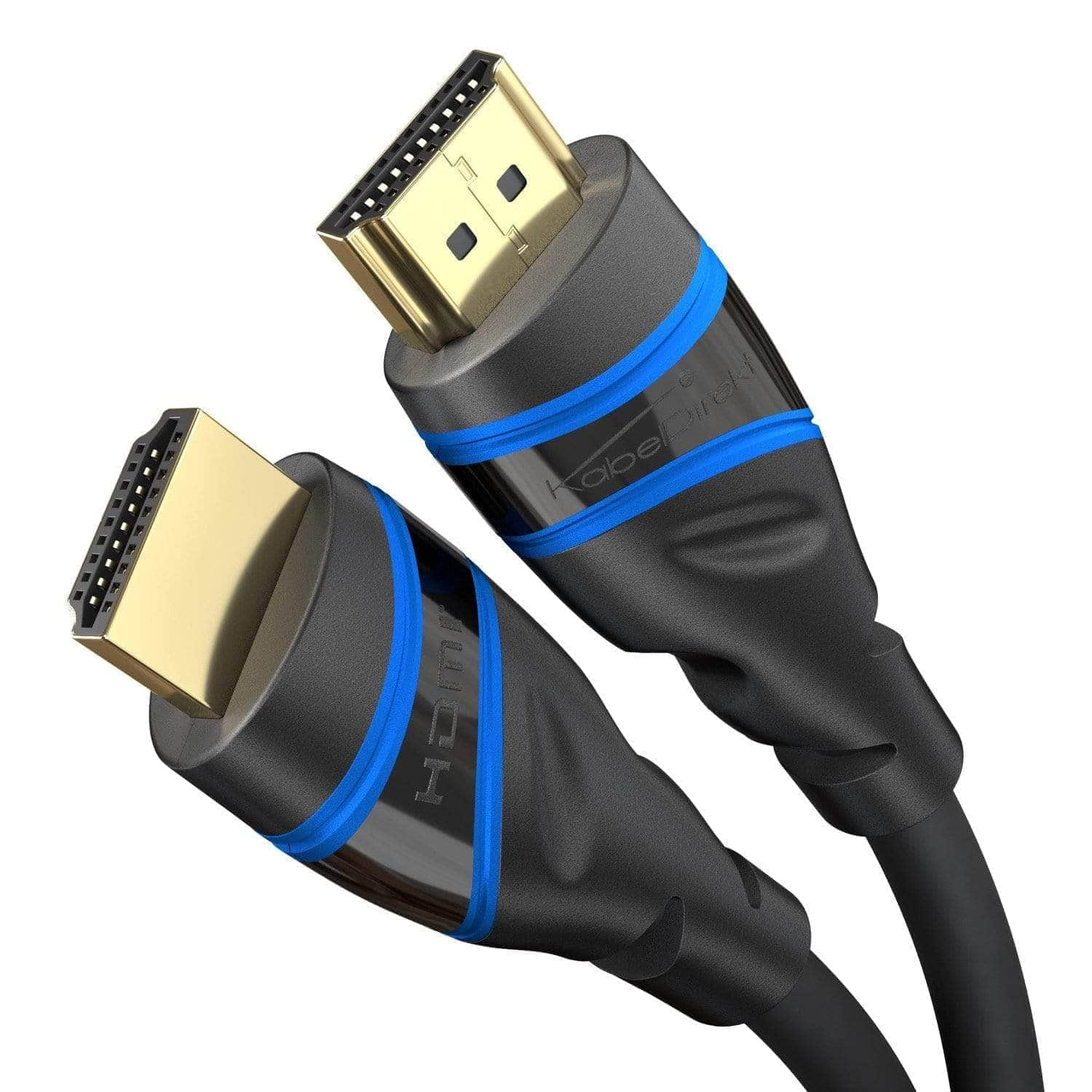
HDMI Cables
We offer HDMI cables in all versions, lengths, and materials. Our products are engineered in Germany and manufactured worldwide in licensed facilities.



